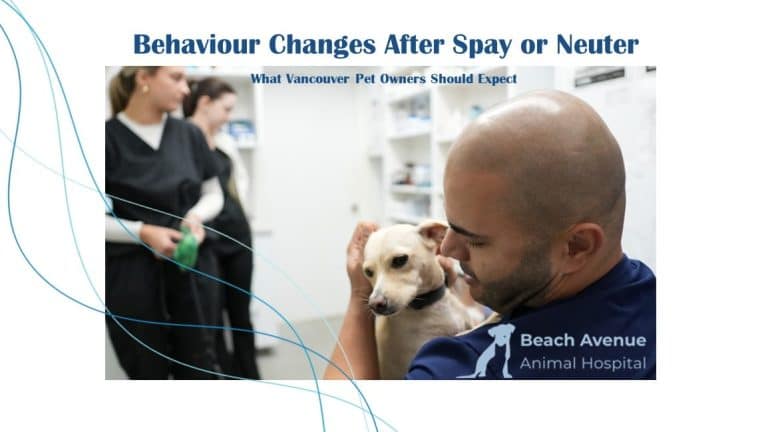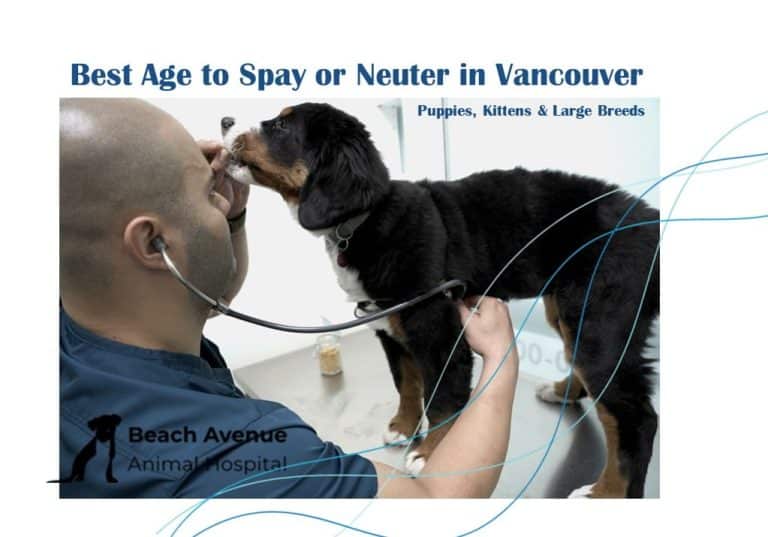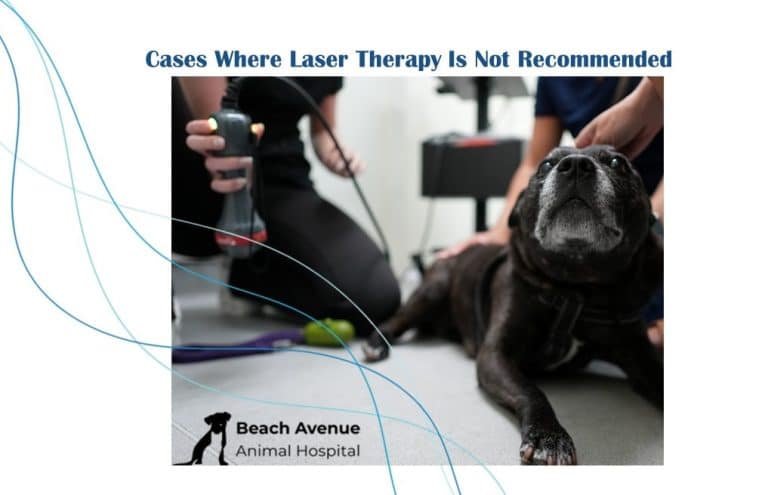Have you noticed your dog’s ears feeling warm and looking red? This can be a common issue, but it’s important to understand why it happens. Sometimes, it’s a minor irritation, while other times, it could be a sign of a more serious problem. Knowing the cause will help you take the right steps to keep your dog comfortable and healthy.
Common Causes of Hot and Red Ears in Dogs
| Cause | Description | Severity Level |
|---|---|---|
| Allergies | Inflammation due to food, pollen, or household products | Moderate |
| Parasitism | Fleas, ticks, or mites causing ear irritation | High |
| Immune-Mediated Inflammatory Disorders | Autoimmune conditions leading to ear inflammation | High |
| Bathing | Trapped moisture causing infections | Low to Moderate |
| Otitis Media | Middle ear infection from untreated infections | High |
| Yeast Infections | Fungal overgrowth causing itchiness and odor | Moderate |
| Injury | Scratches, trauma, or excessive head shaking | Moderate |
| Contact Dermatitis | Reaction to irritants like cleaning products | Low to Moderate |
| Ear Mites | Parasitic infestation leading to severe irritation | High |
| Ear Hematomas | Blood vessel breakage from excessive scratching | High |
| Ear Infection | Bacterial or fungal infections with inflammation | High |
| Neoplasm | Tumors or abnormal growths in the ear | High |
1. Allergies
Dogs can develop allergies to food, pollen, mold, or household products. Allergies often cause inflammation in the ears, leading to redness, heat, and discomfort. Other symptoms may include excessive itching, frequent head shaking, watery eyes, or skin irritation. If left untreated, chronic allergies can result in secondary infections due to persistent scratching. Identifying and avoiding allergens, as well as providing antihistamines or prescription medications, can help manage allergic reactions.
2. Parasitism
Parasites such as fleas, ticks, and ear mites can cause intense irritation in a dog’s ears. Ear mites, in particular, are microscopic parasites that thrive in the ear canal, causing severe itching, redness, and a dark discharge resembling coffee grounds. Fleas and ticks can also bite around the ears, leading to inflammation and discomfort. Proper parasite prevention, including flea collars, topical treatments, and regular vet checkups, can help keep these pests under control.
3. Immune-Mediated Inflammatory Disorders
Certain autoimmune diseases, such as pemphigus or lupus, can cause the immune system to attack the body’s own cells, leading to chronic ear inflammation, redness, and pain. These conditions often require long-term treatment with immunosuppressive medications and corticosteroids. A vet will likely perform blood tests and biopsies to diagnose immune-related ear disorders.
4. Bathing
Water can easily become trapped in a dog’s ears after a bath or swim, creating a moist environment that encourages bacterial and yeast growth. Dogs with floppy ears are especially prone to this issue. To prevent infections, it’s essential to thoroughly dry your dog’s ears after bathing and avoid excessive water exposure. Using a veterinarian-recommended ear cleaner after swimming can also help prevent moisture buildup.

5. Otitis Media
Otitis media is a middle ear infection that typically develops from an untreated outer ear infection. It can cause swelling, severe pain, and heat in the affected ear. Symptoms may include head tilting, balance issues, loss of hearing, and even facial nerve paralysis in severe cases. Treatment usually involves antibiotics, anti-inflammatory medications, and, in some cases, surgical drainage.
6. Yeast Infections
Yeast infections commonly occur when there is excess moisture or an overgrowth of yeast in a dog’s ears. Dogs with floppy ears or those exposed to humid conditions are particularly vulnerable. Symptoms include persistent scratching, a foul smell, and thick brown discharge. Regular ear cleaning and antifungal treatments prescribed by a vet can help control yeast infections.
7. Injury
Dogs can injure their ears by excessive scratching, rough play, or trauma from objects like branches or fences. Ear injuries can cause swelling, bleeding, and increased sensitivity to touch. Some injuries may lead to hematomas, where blood collects between the ear flap’s cartilage and skin. Minor injuries can be treated at home with cleaning and monitoring, but deep wounds or swelling may require veterinary intervention.
[Related Article: Aural Hematoma In Dogs Treatment]
8. Contact Dermatitis
Exposure to certain cleaning products, shampoos, or synthetic materials can cause allergic reactions in dogs, leading to contact dermatitis. The symptoms include red, irritated skin, localized hair loss, and increased ear warmth. Identifying and eliminating the irritating substance is key to preventing further reactions. A vet may recommend soothing balms, medicated shampoos, or antihistamines to relieve discomfort.

9. Ear Mites
Ear mites are highly contagious parasites that infest a dog’s ear canal, leading to extreme itchiness, inflammation, and discomfort. Dogs with ear mites may constantly shake their heads and scratch their ears. A telltale sign of ear mites is the presence of dark, crumbly debris inside the ears. These parasites require prescription medication for complete elimination. Cleaning the dog’s ears and treating other pets in the household is crucial to prevent reinfection.
10. Ear Hematomas
Ear hematomas occur when excessive head shaking or scratching causes blood vessels in the ear flap to rupture, leading to a painful, swollen lump. This condition requires veterinary treatment, which may involve draining the accumulated blood and addressing the underlying cause, such as infection or allergies. In some cases, surgery is needed to prevent recurrence.
11. Your Dog Has an Ear Infection
Ear infections can be caused by bacteria, fungi, or both. Symptoms include redness, swelling, a foul odor, and excessive head shaking. If left untreated, infections can lead to chronic pain and hearing loss. Treatment typically involves prescription ear drops, antibiotics, and anti-inflammatory medications.
12. Neoplasm
Neoplasms, or abnormal tissue growths, can form inside or around a dog’s ear. While some tumors are benign, others can be cancerous and require medical intervention. Signs include persistent swelling, foul-smelling discharge, and noticeable lumps. Early detection and veterinary diagnosis are essential for the best treatment outcomes.
Symptoms That Indicate a More Serious Issue
- Constant scratching or head shaking.
- A strong odor or unusual discharge.
- Crusty, scabby, or swollen ear flaps.
- Changes in behavior such as irritability or lethargy. If you notice these symptoms, consult your vet as soon as possible.
Home Remedies and When to See a Vet
At-Home Care
- Use a vet-approved ear cleaner to gently remove dirt and debris.
- Keep your dog’s ears dry, especially after swimming or baths.
- Identify and eliminate potential allergens from their diet or environment.
Veterinary Treatment
If symptoms persist or worsen, your vet may prescribe antibiotics, antifungals, or steroids. In severe cases, ear flushing or minor surgery may be necessary. Regular Pet Wellness Examinations by a veterinarian can help prevent many ear-related issues and ensure your pet’s overall health.
Preventive Measures for Healthy Dog Ears
- Regular ear cleaning with a mild, dog-safe solution.
- Grooming and trimming hair around the ears to improve airflow.
- Monitoring your dog’s diet for any allergic reactions.
- Checking for parasites regularly, especially if your dog interacts with other pets.
- Avoiding excessive moisture in the ears to prevent infections.
Conclusion
Red and hot ears can be a sign of various issues, from minor irritation to serious infections. The best approach is to monitor your dog’s symptoms and act quickly if they worsen. Routine ear checks and proper hygiene can prevent many ear problems. If in doubt, always consult your vet to ensure your dog stays happy and healthy.
Looking for expert pet care in Vancouver? Visit Beach Avenue Animal Hospital for professional veterinary services. Our team is dedicated to keeping your pet healthy and happy. Schedule an appointment today!













